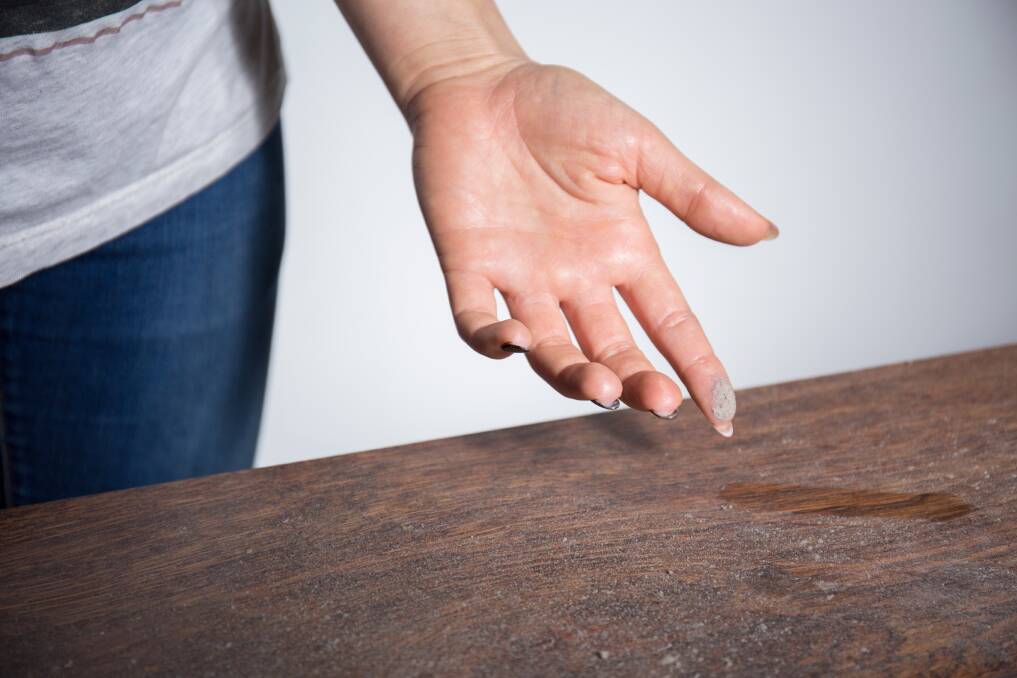
Advertising feature
We spend more than 90 per cent of our time inside, yet few of us consider the hazards that might be lurking inside our homes.
Our homes can be a contributing factor to illness such as allergies, asthma, cancer, chemical sensitivities, chronic inflammation, recurrent cold and flu, fatigue, eczema and skin irritation, electrical sensitivity, headaches, insomnia and sleep disorders, and learning and behavioural problems.
Chances are, you, a family member, or someone you know, suffers from one or more of these conditions.
Our cleaning and personal care products can contain many toxic chemicals such as triclosan, which can disrupt thyroid function; fragrances, which commonly cause skin reactions and asthma; and phthalates, an endocrine disrupter, also linked to birth defects, infertility and reproductive changes in children.
Preservatives used can cause skin irritation and allergies, with some releasing formaldehyde, a known carcinogen.
Dust in our homes is a mixture of pollutants such as pesticides, bacteria, viruses, fungal spores, pollen, flame retardants, heavy metals, soil, pet hair, textile fibres, and dust mites.
Dust can trigger hay fever, asthma and sinusitis.
Lead paint and asbestos may still be present in older homes, and can seriously affect the health of unwary families who decide to renovate or redecorate.
This advertising feature is sponsored by the following business. Click the link to learn more.
If you suspect lead or asbestos, don’t disturb it, and call in a professional. Mould can be hiding in ceilings, under floors or behind walls and furniture. It can cause or worsen asthma, produce allergy-like symptoms or dermatitis.
Mould exposure can produce an inflammatory response resulting in chronic illness and fatigue.
Many of our latest gadgets, such as mobile phones and wireless devices, are exposing us and our children to potentially harmful forms of electromagnetic frequencies that were not around when our parents were growing up.
These invisible fields can cause electrical sensitivity, headaches and sleep disorders, and have also been linked to childhood leukaemia and brain tumours, with the full consequences to our health just beginning to be uncovered.
What you can do today to reduce health hazards in your home:
- Use non-toxic products
- Remove your shoes before coming inside
- Wet dust with microfiber cloths
- Use a vacuum with a HEPA filter
- Keep all gadgets away from the bed
- Fix water leaks
- Open windows daily
We can all reduce the pollutants in our homes and create healthier spaces for ourselves and our families.
Beck Rodgers is a certified building biologist and healthy home consultant and is passionate about creating healthy spaces to support health and wellbeing. Go to buildingideology.com.au

